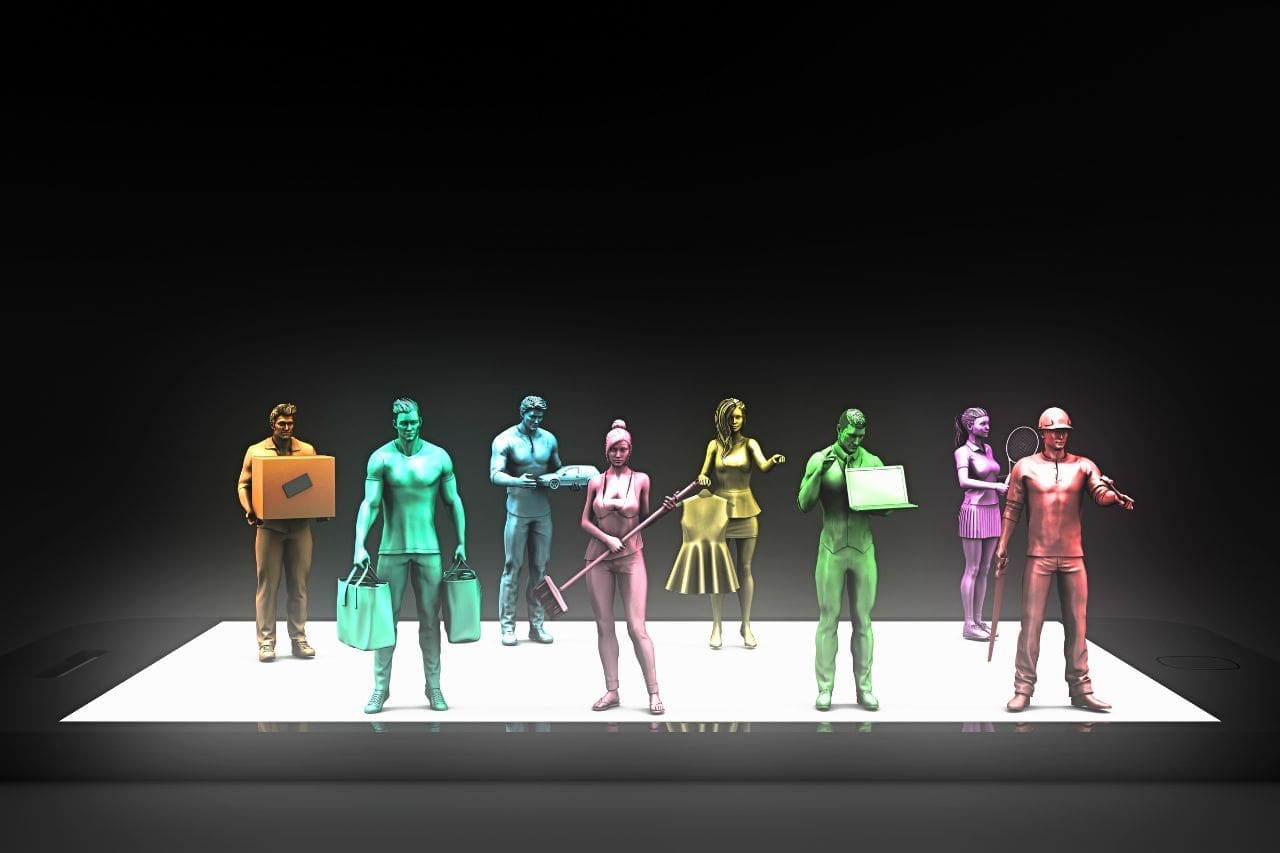

The Gig Economy and Freelance Workforce: Navigating the New World of Work
The gig economy – a dynamic landscape where independent workers take on short-term contracts, freelance gigs, and project-based work – has reshaped the way we think about employment. From app-based ride-sharing to freelance graphic design, the gig economy offers flexibility, autonomy, and a chance to monetize specialized skills. Let’s dive into this fascinating world and explore how businesses are tapping into its potential.
1. Specialized Skills
In the gig economy, talent knows no boundaries. Businesses can access a global pool of experts, whether they need a web developer, content writer, or social media strategist. The rise of platforms like Upwork, Fiverr, and Toptal has democratized talent acquisition, allowing companies to find niche skills without geographical constraints.
2. Flexibility and Agility
Traditional 9-to-5 jobs are giving way to flexible arrangements. Freelancers can choose when and where they work, adapting to their own rhythms. For businesses, this agility translates to cost savings – no need for permanent office space or long-term commitments. It’s a win-win scenario.
3. Cost-Effectiveness
Hiring full-time employees involves overhead costs – benefits, office space, equipment, and training. In the gig economy, businesses pay only for the work delivered. It’s like ordering à la carte – no need to commit to the whole menu. Plus, freelancers often bring fresh perspectives and innovative solutions.
1. The Soloists
Freelancers are the soloists of this symphony. They play their instruments – be it coding, writing, designing, or consulting – with precision. Their autonomy allows them to explore diverse projects, from building websites for startups to crafting marketing campaigns for established brands.
2. The Conductors
Enter the project managers and coordinators – the conductors who bring it all together. They juggle schedules, deadlines, and client expectations. Their role is crucial in ensuring that the gig orchestra produces harmonious results.
3. The Collaborators
Collaboration is key. Freelancers collaborate with each other, seamlessly blending their skills. A freelance writer might team up with a graphic designer to create compelling content. Businesses benefit from this collaborative spirit, as it leads to holistic solutions.
1. Loneliness
Freelancers often work in isolation. Coffee shops become their makeshift offices, and virtual water coolers replace face-to-face chats. Businesses can address this by fostering a sense of community – virtual meetups, shared projects, and appreciation for individual contributions.
2. Uncertainty
Gigs come and go. Freelancers must constantly hustle for new opportunities. Businesses can provide stability by offering repeat contracts or long-term partnerships. Trust and reliability build lasting relationships.
3. Legal and Financial Clarity
Navigating contracts, taxes, and invoices can be daunting. Businesses should provide clear guidelines and support. Freelancers appreciate transparency – it’s like hitting the right note in a complex composition.
Selfstalker.com